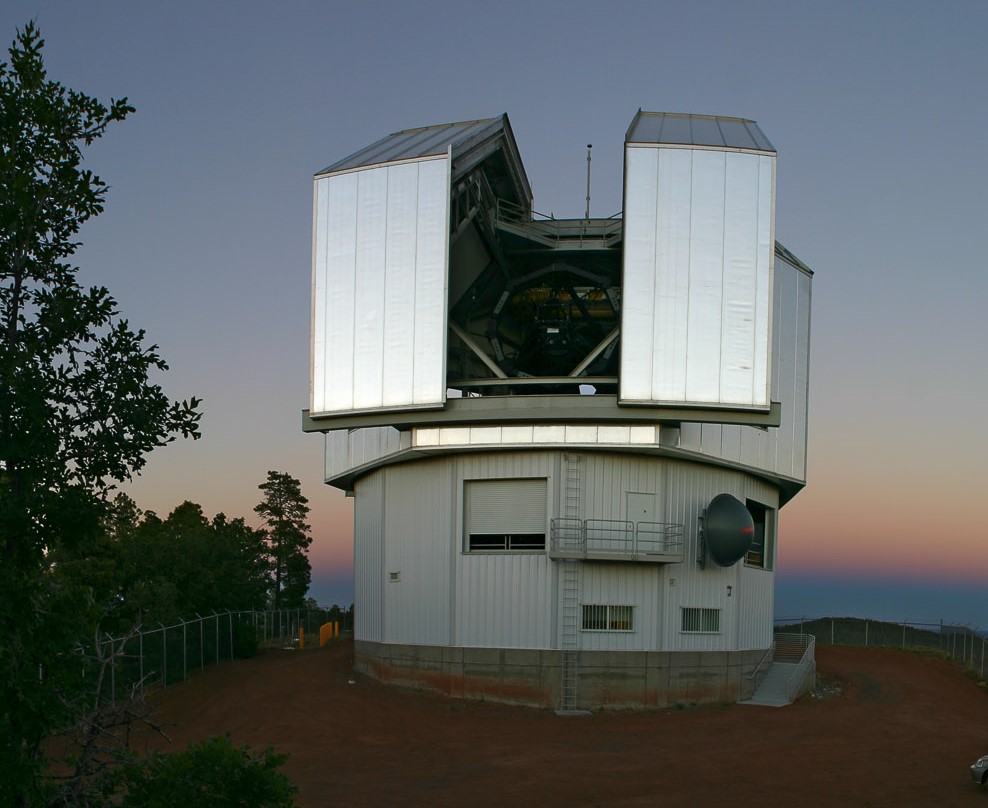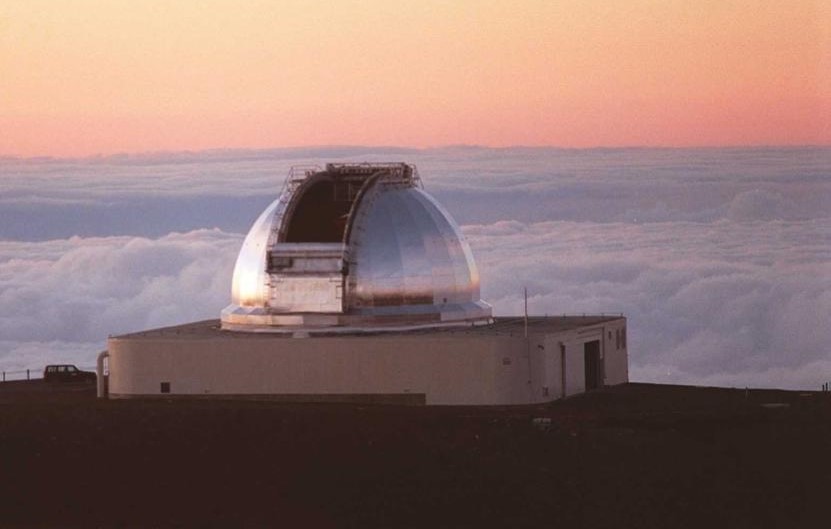Research
Planets are the stage life plays out on. If we want to find out where we come from, how we got here, or whether we are unique in the universe, we must understand how worlds are made and shaped. This is my research. To help discover our origins and guide our search for life, I study how planets form.
Over the past thirty years, this field has exploded from a sample size of just eight --- the planets of the Solar System --- to learn from thousands of newly-discovered worlds around other stars. Yet we still struggle to understand how planets are born and what it takes for a world to bloom like our own. In part, this is because only a handful of planets discovered so far have been newly born, and so young enough to provide a direct window into their formation.

McDonald Observatory

Lowell Discovery Telescope

NASA Infrared Telescope Facility
The main observatories I've relied on.
The goal of my research is to find more. I have spent my PhD developing new multi-wavelength tools to identify very young planets and am now applying them to several promising candidates. Confirming just one of these systems would shape our understanding of how planets form. This work has earned me the Kevin E. Strecker Award for my department’s most outstanding Master’s thesis and the William and Elva Gordon Fellowship award for research achievement; at the same time, one of my tools, which I made publicly available, has already been used by another research group to characterize a newfound young planet.
PhD Thesis
Stahl, A. G. (2023). Characterizing Young Stellar Systems and their Suitability for Radial Velocity-
Driven Exoplanet Detection [Doctoral dissertation, Rice University]. Rice
University Digital Scholarship Archive. scholarship.rice.edu/handle/1911/115074.
Journal Publications
Tang, S.Y., Johns-Krull, C.M., [et al., including Stahl, A. G] (2024). Measuring the Spot Variability of
T Tauri Stars Using Near-IR Atomic Fe and Molecular OH Lines. The Astrophysical Journal.
T Tauri Stars Using Near-IR Atomic Fe and Molecular OH Lines. The Astrophysical Journal.
Tang, S.Y., Stahl, A. G., et al. (2023). Star-Crossed Lovers DI Tau A and B: Orbit Characterization
and Physical Properties Determination. The Astrophysical Journal, 950, 92.
Stahl, A. G., et al. (2022). Follow-up of Young Stars Identified with BANYAN Sigma: New Low
Mass Members of Nearby Moving Group. The Astrophysical Journal, 941, 101.
Stahl, A. G., et al. (2021). IGRINS RV: A Precision RV Pipeline for IGRINS Using Modified
Forward- Modeling in the Near-Infrared. The Astronomical Journal, 161, 283.
Mann, A.W., Wood, M.L., [et al., including Stahl, A. G.] (2021). TESS Hunt for Young and
Maturing Exoplanets (THYME) VI: an 11 Myr giant planet transiting a very
low-mass star in Lower Centaurus Crux. The Astronomical Journal, 163, 156.
Tang, S.Y., Stahl, A. G., et al. (2021). IGRINS RV: A Python Package for Precision Radial Velocities
with Near-Infrared Spectra. The Journal of Open Source Software, 6(62), 3095.
Image credits: Ethan Tweedie Photography, Ernie Mastroianni, Jeremy Perez ; background art Copyright Carly Allen-Fletcher